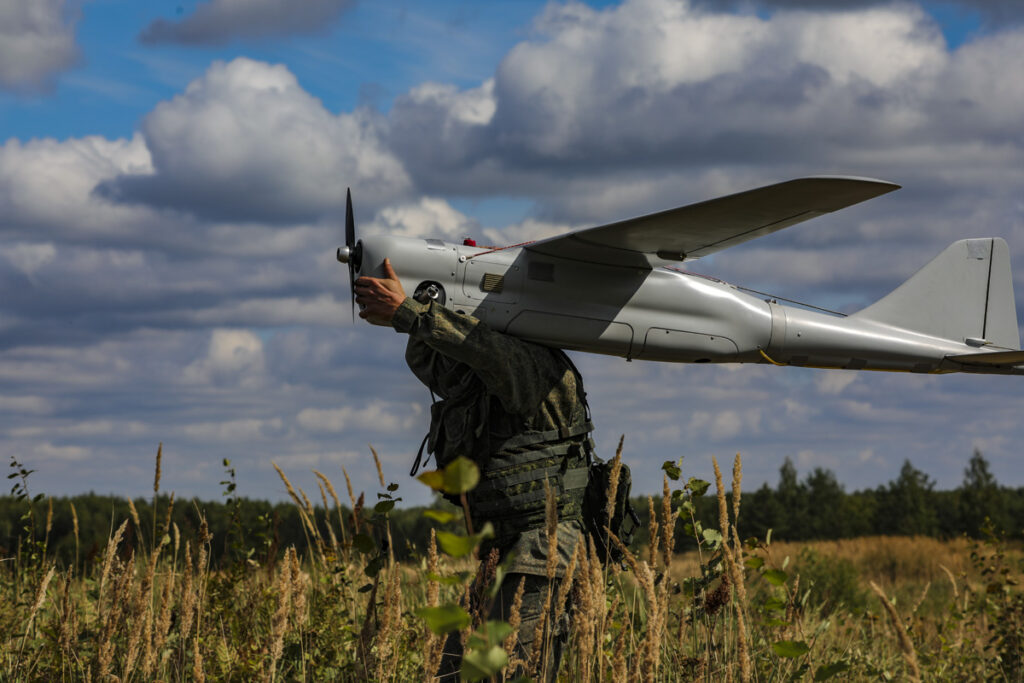Russian forces enhance reconnaissance UAVs with electronic warfare against anti-aircraft drones
While the extent of this technology's deployment remains unclear, Ukrainian forces are already working on countermeasures, highlighting the ongoing technological cat-and-mouse race in the skies over Ukraine.


Russian Armed Forces have started installing electronic warfare equipment on its reconnaissance UAVs (unmanned aerial vehicles – i.e. drones) to protect them from Ukrainian anti-aircraft drones.
As reported by Defense Express, news about this possible direction of development for Russian drones circulated on social media starting since September of this year.
The cases of Russian forces using such means were reported by Serhii “Flash” Beskrestnov on Telegram, who also described the principle of operation of the rather small device.

According to Beskrestnov, the device consists of a scanner that captures the video signal from an anti-aircraft drone and is programmed to jam its frequency when the interceptor approaches. That is, the entire electronic warfare system is based solely on suppressing the “picture” rather than controlling it and is activated for 60 seconds, although it can be activated repeatedly.
Electronic warfare equipment that can interfere with the video channels of the opposing side have been used on multiple occasions during the Russo-Ukrainian War. Russian Armed Forces already have a similar piece of electronic warfare in their arsenal, which is called “Shtora”. The Russian Federation also boasted of systems that simply put their video on the image transmission channel.
Interference in electronic warfare
Beskrestnov explains that many drone operators have experienced interference by Russian electronic warfare. This interference is commonly described as a “curtain” because it covers the receiving image on the monitor of the drone operator, thereby resulting in the failure of video synchronization of the drone back to its operator.
Firstly, the interference is placed after manually checking the unit’s inscription on the menu, since the opposing operator does not know who is flying on this video frequency. Second, the drone’s flight location and battery charge are visually assessed from the image and a decision is made on how long to place the interference.
It is not clear to what extent such electronic warfare equipment has become widespread in the Russian Armed Forces. In addition, Ukrainian forces have analyzed these new developments and are developing their own countermeasures.
Related:
- Ukraine MoD green-lights 900 weapons in 2024, including 600+ domestic items
- Russians add rear-view cameras to drones to counter Ukrainian FPV threats
- Ukrainian defenders destroy Russian “Sapphire” electronic warfare system in Kursk Oblast
- Ukraine seizes Russian Volnorez anti-drone EW system with docs in Kursk Oblast
- Ukrainian electronic warfare units thwart nearly 8,000 Russian drone missions in a week


